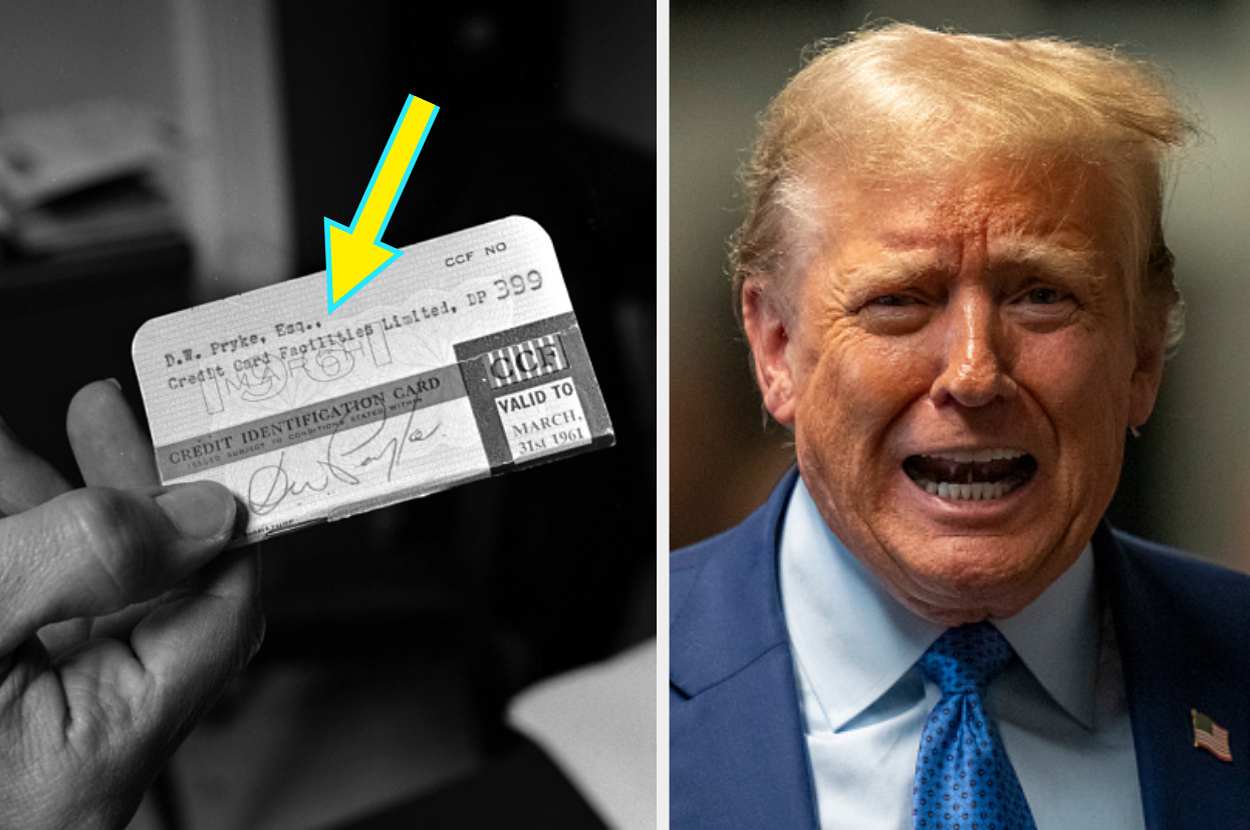Sony PlayStation has launched its answer to Microsoft Xbox’s Game Pass gaming subscription service.
The Game Pass Ultimate has offered gamers a huge back-catalogue for the last five years, in return for monthly or yearly payments.
It has been widely praised for its value for money, providing access to some of the biggest titles on the market.
Now, PlayStation hopes subscribers will upgrade from its rather more basic PS Plus service to the new PS Plus Premium.
Currently the base tier of PS Plus will set you back £6.99 per month or £49.99 per year.
The Premium tier costs around double that at £13.49 (£3.50 more than Xbox) monthly or £99.99 annually.
So as the cost-of-living crisis bites for millions of families, will people be prepared to pay almost double for PlayStation’s new product than they did for the base tier?
LEGO Star Wars: The Skywalker Saga – big screen actors reprise their roles in new video game
Esport athletes face same level of mental stress as athletes in other sports, study finds
Grand Theft Auto: Rockstar finally confirms it is working on a follow up to GTA V – nine years after its release
Mark Griffith, director of the International Gaming Research Unit in the psychology department at Nottingham Trent University, told Sky News: “If you’re a football fan of a specific team and the club puts their prices up, fans will still buy season tickets even in times of recession and inflation. Avid gamers are likely to do the same.
“Paid for gaming services are unlikely to appeal to the casual gamer but that’s not the market gaming companies necessarily go after… I do not see paying for new services like this will be any different even though the cost of living is going up.”
The new service offers access to many of Sony’s back catalogue, including fan favourites like Spider-Man, Miles Morales, and Horizon Zero Dawn.
Nostalgic gamers will also be able to take advantage of a series of PlayStation 4, 3 and even 1 games.
Previously only available to subscribers to PlayStation’s PS Now streaming service, gamers can now enjoy that as part of an all-inclusive price.
Players will also be able to stream their gameplay to various devices, so their console is available anywhere they go via their smartphone.
Subscription services vying for customers’ cash
However, digital entertainment companies are facing a challenge.
Stuart Miles, editor of consumer tech guide website, Pocket Lint, said: “With so many subscription services from Netflix to Disney+ all vying for our money consumers have to weigh up which service will give them the most value for money.”
It was reported last week that Netflix recently laid off 300 employees in a second round of job cuts due to falling subscriber numbers.
That news came a day after the launch of the new Paramount Plus video streaming service, adding to the wide variety of subscriptions available to consumers.
“As the cost-of-living crisis deepens the ‘sign up to all of them’ mentality of the past might not be as achievable in the future,” Miles added.
Read more:
Cost of living: Stark new retail data paints bleak picture of consumer confidence
Spider-Man: No Way Home boosts profits for Sony – but chip shortages hold back its PlayStation business
Dr Jethro Shell, senior lecturer in Games and Intelligent Systems at De Montfort University in Leicester, added: “Both gaming and TV services may be the first expenditure to be removed, certainly before areas such as broadband and mobile phones.”
However, he says increasing costs of a brand new game could convince people to sign up: “Adding in the new service will undoubtedly increase subscribers and revenue, despite the costs,” Dr Shell said.
And there is also an element of “perceived” savings, Dr Shell added.
“The latest PlayStation games can cost up to £50, higher with specific editions. Xbox’s Ultimate pass is only twice this price and yet there are 100’s of games that can be played.”
The list of available games in Sony’s new service is long and will please many PlayStation loyalists who have been crying out for a service similar to that of Xbox’s for years.
Whether it is enough to attract new subscribers and boost Sony’s digital sales, and whether consumers can find enough money for yet another digital subscription, only time will tell.











